Solid Surface Shower Substrate
BLD
3 years ago
last modified: 3 years ago
Related Stories
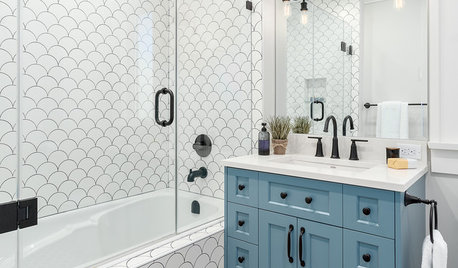
BATHROOM DESIGNShower Curtain or Shower Door?
Find out which option is the ideal partner for your shower-bath combo
Full Story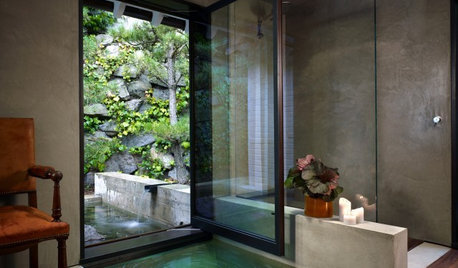
BATHROOM DESIGNGreen and Clean: Ecofriendly Tub and Shower Surrounds
Keep your bathroom beautiful and your footprint green with long-lasting, ecofriendly surface materials
Full Story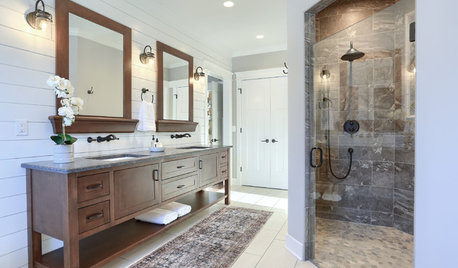
HOUSEKEEPINGThe Do’s and Don’ts of Cleaning Stone in Your Shower
Learn which cleansers to avoid and which to use so that the surface in your shower looks its best
Full Story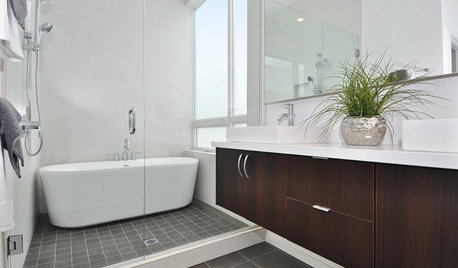
BATHROOM DESIGNWhy You Might Want to Put Your Tub in the Shower
Save space, cleanup time and maybe even a little money with a shower-bathtub combo. These examples show how to do it right
Full Story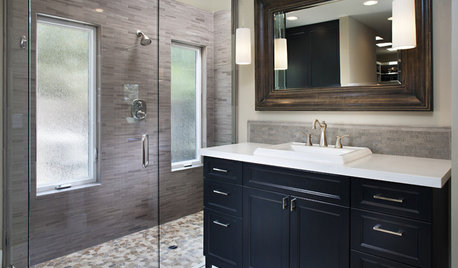
BATHROOM DESIGNWhat to Use for the Shower Floor
Feeling Good Underfoot: Shower Tiles, Mosaics, Teak Slats and Pebbles
Full Story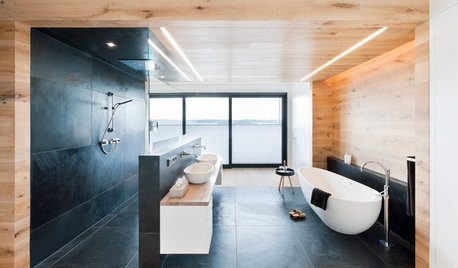
BATHROOM DESIGNDream Spaces: Spa-Worthy Showers to Refresh the Senses
In these fantasy baths, open designs let in natural light and views, and intriguing materials create drama
Full Story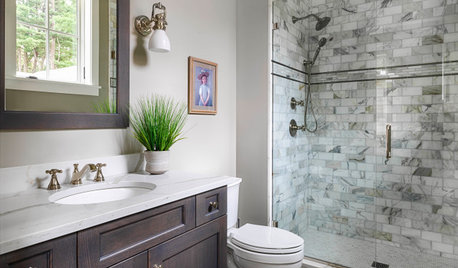
BATHROOM DESIGNNew This Week: 5 Bathrooms With a Curbless or Low-Curb Shower
Design pros, including one found on Houzz, share how they handled the shower entrances and other details in these rooms
Full Story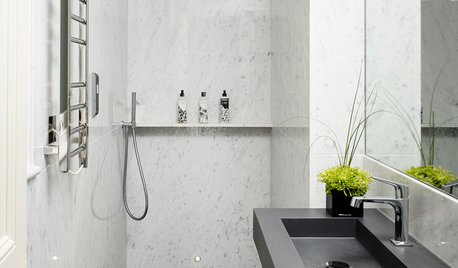
SHOWERS10 Nifty Ways to Fit a Shelf in Your Shower
Pop in a perch for your bathing essentials using one of these smart ideas
Full Story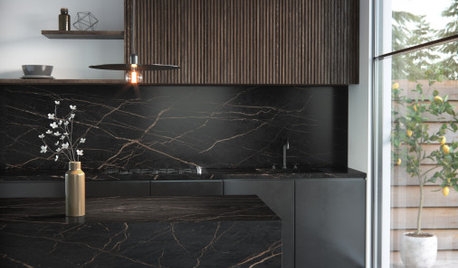
KITCHEN COUNTERTOPSThe Latest Colors and Styles in Engineered Surfaces
Dark and light hues, sophisticated veining and textured finishes stood out at the 2020 Kitchen & Bath Industry Show
Full Story
BATHROOM DESIGNHow to Settle on a Shower Bench
We help a Houzz user ask all the right questions for designing a stylish, practical and safe shower bench
Full Story





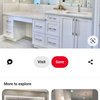


millworkman
Joseph Corlett, LLC
Related Professionals
Federal Heights Kitchen & Bathroom Designers · Lafayette Kitchen & Bathroom Designers · Roselle Kitchen & Bathroom Designers · Sun City Kitchen & Bathroom Designers · United States Kitchen & Bathroom Designers · Durham Kitchen & Bathroom Remodelers · San Tan Valley Glass & Shower Door Dealers · Aspen Hill Cabinets & Cabinetry · Billings Cabinets & Cabinetry · Black Forest Cabinets & Cabinetry · Canton Cabinets & Cabinetry · Farmers Branch Cabinets & Cabinetry · Red Bank Cabinets & Cabinetry · Tenafly Cabinets & Cabinetry · Brownsville Window TreatmentsBLDOriginal Author
Mint tile Minneapolis
Joseph Corlett, LLC